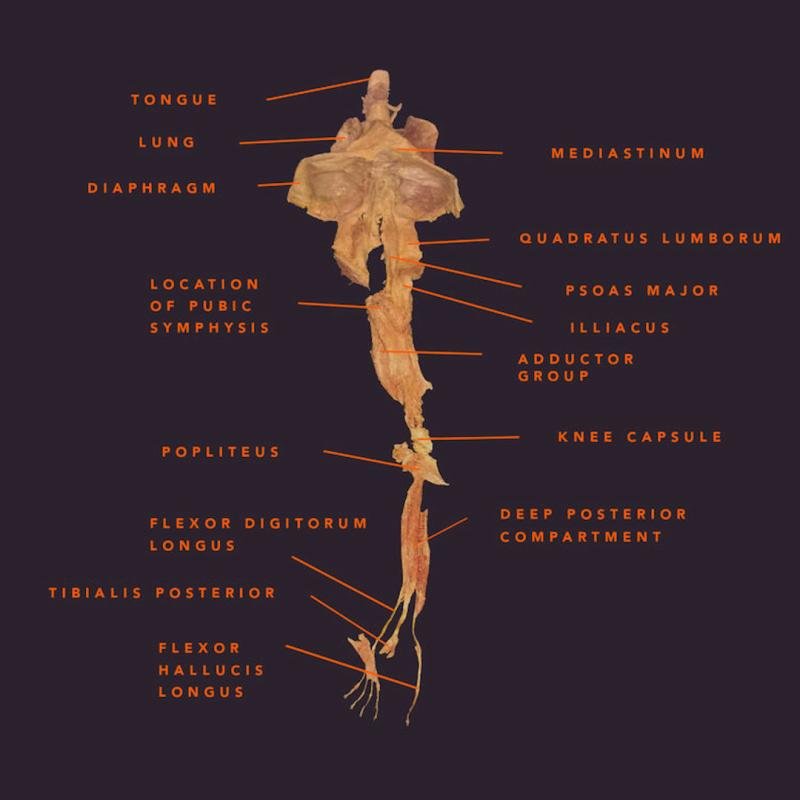Tongue Tie Bodyworkers in Mosman Sydney
tongue tie
the complexity made simple with co-management with gentle baby chiropractic
-
Tongue tie is the improper development of the anchoring of the tongue to the mouth, which results in limited tongue movement. The frenulum, which is what attaches the tongue to the floor of the mouth, is too short, too thin, or too tight to allow for proper tongue use.
Being tongue tied isn’t just a figure of speech—it’s a very real medical condition. Tongue tie affects oral and facial development and has a range of other serious health consequences that may not appear for decades.
We all have a lingual frenulum (or frenum) under our tongue. If you lift your tongue and look in the mirror, you’ll see it. The frenum is the tissue that connects the tongue to the floor of the mouth.
Normal lingual frenulum function means that the tongue, with the mouth closed, rests on the top of the mouth and touches the back of the front teeth.
In some people, the frenum is tighter or thicker than it should be, which can physically restrict the movement of the tongue.
A tongue tie can also be referred to as ankyloglossia, short frenum, anchored tongue, or tethered oral tissue (TOT).
-
There are a few ways to classify or identify tongue ties, but it’s an art, not a science—and experts don’t agree on diagnostic criteria. Not all tongue ties can be seen with the naked eye, and some “normal” looking tongues suffer from limited range of motion and must be treated.
Lactation Consultants (IBCLCs) are the ones to properly diagnose. We see them frequently and can generally recognise it but we won’t be the one to tell you you definitely have a tongue tie. In this case we will refer to you a lactation consultant for the definite diagnosis.
-
The system developed by Hazelbaker in the 1990s uses slightly different measurements and includes additional information to identify ties:
Type 1, 100% Tongue-Tie: Anterior tongue tie less than 2 millimeters from the tip, attached to the alveolar ridge, frenulum can be thin, thick, restricted, or elastic
Type 2, 75% Tongue-Tie: Anterior tongue tie, 2-5 millimeters from tip, attached to the alveolar ridge, or base of ridge/mouth floor, frenulum may be tin, thick, restricted, or elastic
Type 3, 50% Tongue-Tie: Mid tongue tie, 6-10 millimeters from tip, attached to alveolar ridge/mouth floor, frenulum may be thin or thick but is more restricted, as more of the tongue is “free”
Type 4, 25% Tongue-Tie: Posterior tongue tie, 11-15 millimeters from tip, attached to mouth floor/base of alveolar ridge or on the alveolar ridge, frenulum may be thin or thick but is less restricted
Type 5, Submucosal Tongue-Tie: Posterior tongue tie, more than 15 millimeters from tip, attached to mouth floor or base of alveolar ridge, frenulum is typically thin and shiny when tongue is lifted
-
Weight gain problems in newborns
Mastitis
Poor latch / orofacial relfex issues
Speech issues
Jaw pain, clenching, and grinding
Headaches
Head, neck, and shoulder tension
Forward head posture
Snoring,sleep disordered breathing, Upper Airway Resistance Syndrome (UARS), and sleep apnea
Increased risk of cavities and gum disease
Slower orthodontic treatment
Orthodontic relapse
Feel supported through tongue Tie
Our team of caring, dedicated chiropractors in Mosman will be with you and your family every step of the way through your tongue tie, lip tie, buccal tie journey. Helping you to navigate through what can be a difficult time
-
This is done by a dentist or paediatrician. In most cases, tongue ties are treated with a minor surgical procedure to release the tie. Either with laser or scalpel depending on the practitioner. This procedure is called a frenectomy but is also known as a frenotomy or frenulectomy.
The frenectomy is a simple, very low-risk procedure that only takes a few minutes. It’s usually done in-office by a dentist or ENT using a laser, scalpel, or sterile scissors without general anesthesia.
I recommend finding a specialist who’s very experienced at performing the procedure. If it’s not done correctly, or released enough, there’s a high chance the frenectomy will need to be done again.
For severe cases in older children or adults, a frenuloplasty might be required. This is a more complex version of the tongue tie surgery that does require general anesthetic.
After the frenectomy, caring for the wound is also critical. The mouth and tongue are great at healing, so it’s possible that the tongue will reattach, meaning it will literally heal back down the way it was.
So, we meet with our clients immediately following the release to guide them through caring for the wound and to teach them new gentle exercises. This allows the tissues to heal without reattaching and affecting the end result.
-
Associated issues with
Birth Trauma
Complicated pregnancies
TMJ (Jaw) / Hyoid/ Cranium / Occiput / C1/2 restrictions from in-utero or cause by the birth process whether it’s long, short or intervened with forceps, vacuum or necessarily pulled with hands
Muscle or fascia imbalance
Sacral imbalance
The triad - can’t poo, won’t sleep, or eat… well
The other triad - torticollis, DDH developmental hip dysplasia, club foot
There’s so many things that can alter the function of the tie. We all have tissue underlying our tongues… but how much is it causing a problem?
We will work with your team to help resolve the underlying issue and work with you if you need it revised.
-
-
What causes a tongue tie? The answer is still unclear.
Recent research is showing that tongue ties are linked to a mutation in the MTHFR gene and/or nutrtitional deficiencies. The science behind this is quite complicated but basically, what’s happening is that a specific gene isn’t quite working as it should.
In this case, the mutation involves a process known as “methylation”, which affects the body’s ability to deal with folate—an important element in prenatal nutrition. Tongue ties are just one of many conditions linked to this mutation.
Because tongue tie is linked to a genetic cause, it was once thought to be hereditary. I see this a lot in my practice; parents will reach out to me for help with a tongue tied child, only to find out that they’re tongue tied as well.
Interestingly, though, heritability of tongue tie hasn’t been well-established. In fact, some sources find no statistically significant family heritability for it at all.
Boys are more likely than girls to be born with tongue ties.
Tongue Tie bodyworkers
Your Sydney based Tongue Tie Chiropractors will gently help your baby unravel the tension associated with their tongue tie. Structure governs function: Our gentle releases of joint, cranium, muscle, ligament, fascia can make all the difference
-
To make this as simple and stress free as possible
Often babies present with tongue tie symptoms but it can be associated with other body tension and can sometimes be resolved purely with paediatric chiropractic adjustments and IBCLC (lactaction consultant) advice and home-care.
We will aim to restore as much function as possible before you have a tie released ..
to try and make sure the release has the impact we think it will
to alleviate any underlying tension (it’s not your fault!)
and then we assist by balancing their body, tension, nervous system post revision
-
Every baby is different so this is just a guide.
A general rule of thumb for an uncomplicated case is about 2 adjustments per week for about 2-3 weeks before the revision and 2 adjustments per week for about 2-3 weeks after the revision.
Anything additional that presents will require more care. Everyone is different - this is just a guide.
We then do general monthly checks thereafter for development.
-
Our holistic and collaborative approach sees great results.
We’ll take things slowly in our appointments to make sure everyone is on the same page
We’ll communicate regularly with your team of professionals
-
We’ll have 45 minutes (or longer if required) to go over your history and do an examination. From pregnancy, birth, and what’s happening with bub right now.
We’ll discuss anything you’ve already tried, who you’ve already met with etc, what you think is the cause (your intuition is key), and then if you’d like an assessment we’ll do that too!What does an assessment look like?
It’s really gentle.
We do a full orthopaedic and neurological assessment. From cranium to hips and feet and all that’s in-between!We look for visual imbalances and then assess:
Range of motion and Symmetry of spine (eg neck movements), TMJ (jaw), hyoid, cranium, shoulders, hips etc.
Tension patterns of the dura, fascia, muscles, ligaments, tendons
Primitive reflexes - rooting, suck, moro, spinal galant (and so on)
Postural reflexes - depending on baby’s age certain postural reflexes should be starting to work
Deep Tendon Reflexes (the best example is the one at the knee)
This will all give us a guide of what’s happening and what we might be able to do to help!
Collaboration:
If you have been referred by your midwife, lactation consultant/IBCLC or dentist regarding tongue/lip/buccal ties please bring all documentation with you including your Blue Book.Findings:
Then we’ll just have a chat about what we’ve found, what we think might be able to help (if anything). Whether thats homecare advice, adjustments etc.
Will an adjustment be performed?
If you’d like an adjustment, and it’s indicated, we will demonstrate it on you first to make sure everyone is happy and ready to proceed.Not the right fit?
And equally if we’re not the right practitioner to help you then we’ll say so! We have a whole book of people and professionals who might be able to help our families and if we know someone else would help you better we will give you their contact details. -
We work with multiple IBCLC’s (Lactation consultants), Dentists & Paediatricians - you can come to us with your tribe and we will co-manage with them.
But the ones we work closest with at the moment are:IBCLCs (Lactation Consultants):
Felicity Hughes and Harriet Blannin-Ferguson - Motherhood Matters
Trish Doyle -Nurturing Well
Peta Arthurson - Beaches Baby
Dentists:
Dr Louis Chan - My Dental Meadowbank
Dr Suttner Haddad - Bondi DentalWe speak with your team regularly (if you consent) to ensure we’re all on the same page for the best outcomes for you and your family.
It takes a Tribe
We will work collaboratively with whomever you need to help you and your baby with their tongue tie. Lactaction Consultants (IBCLCs), Dentists, Paediatricians, Speech Pathologists, Physios, Osteos… you name it. We’re all for collaboration. they’re only a text message away when it comes to you and your baby.
For more information please click here





